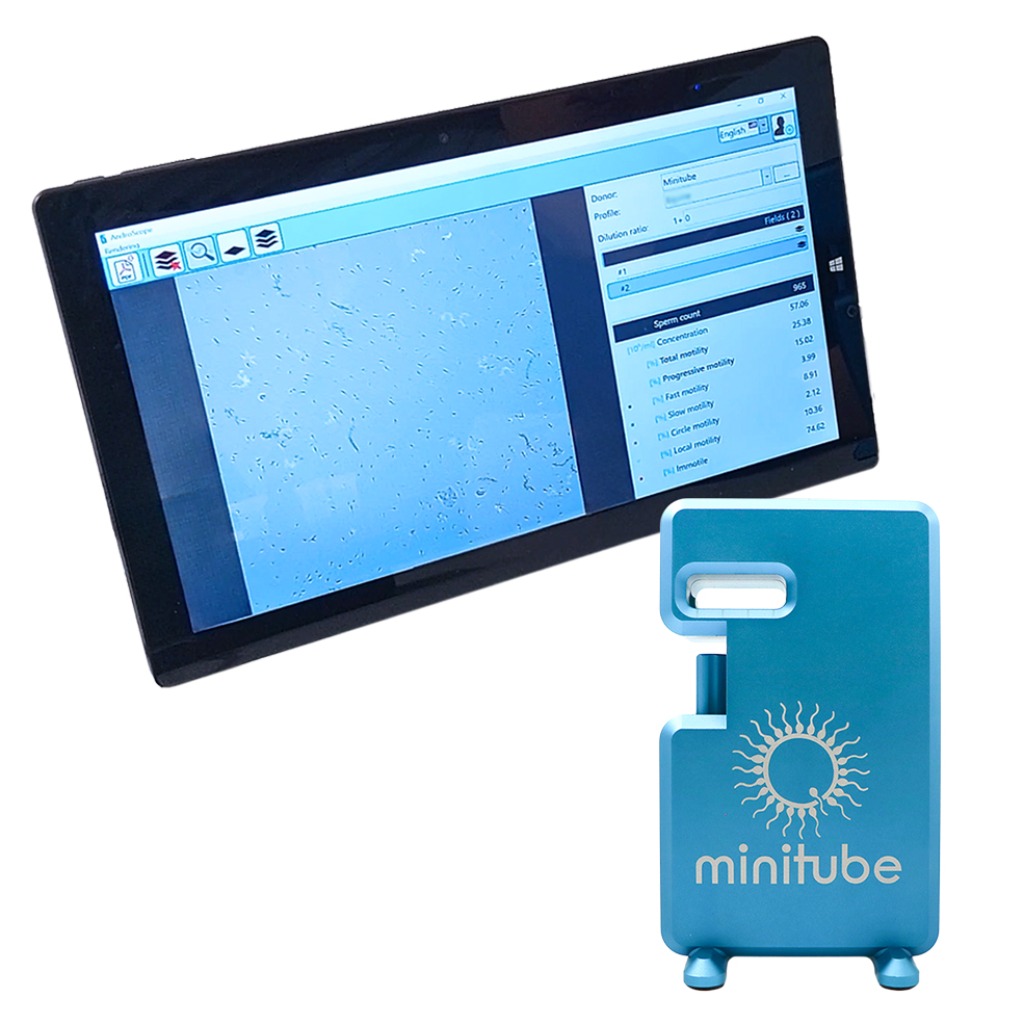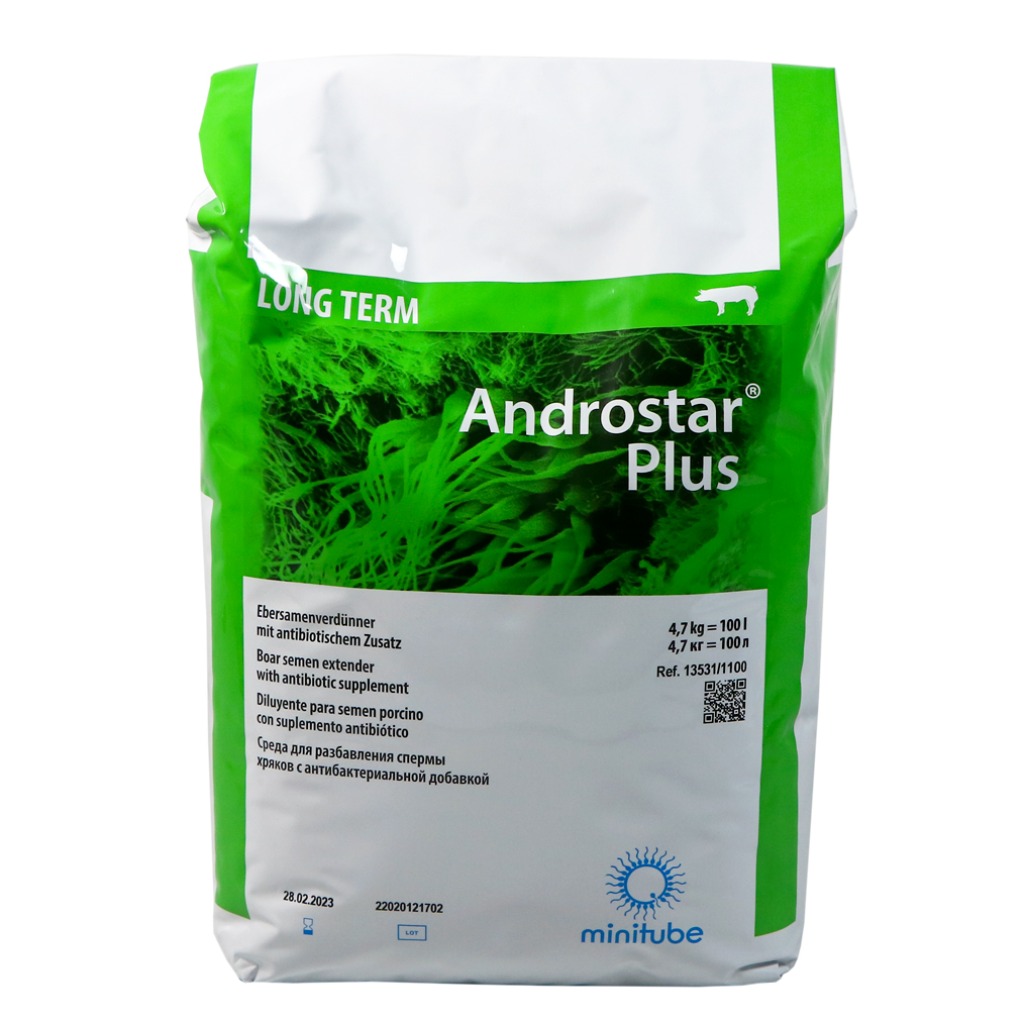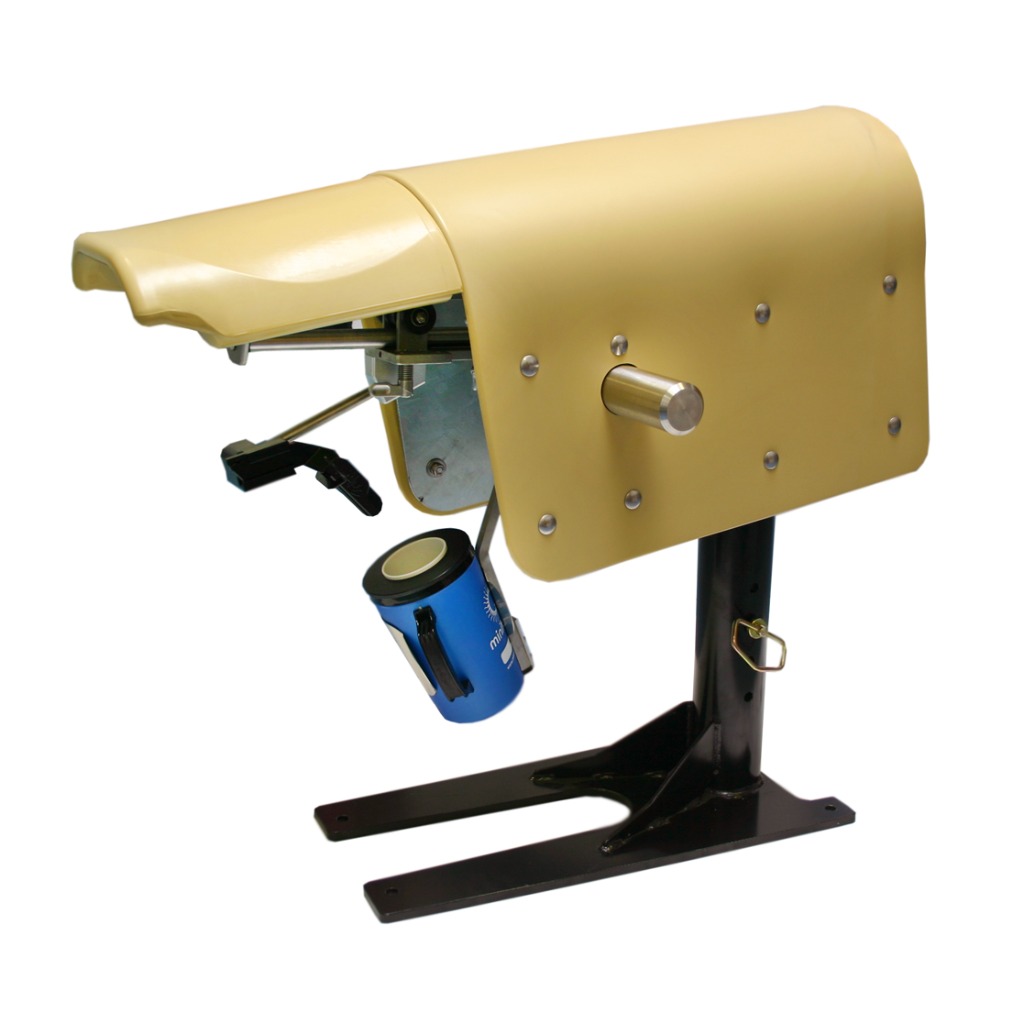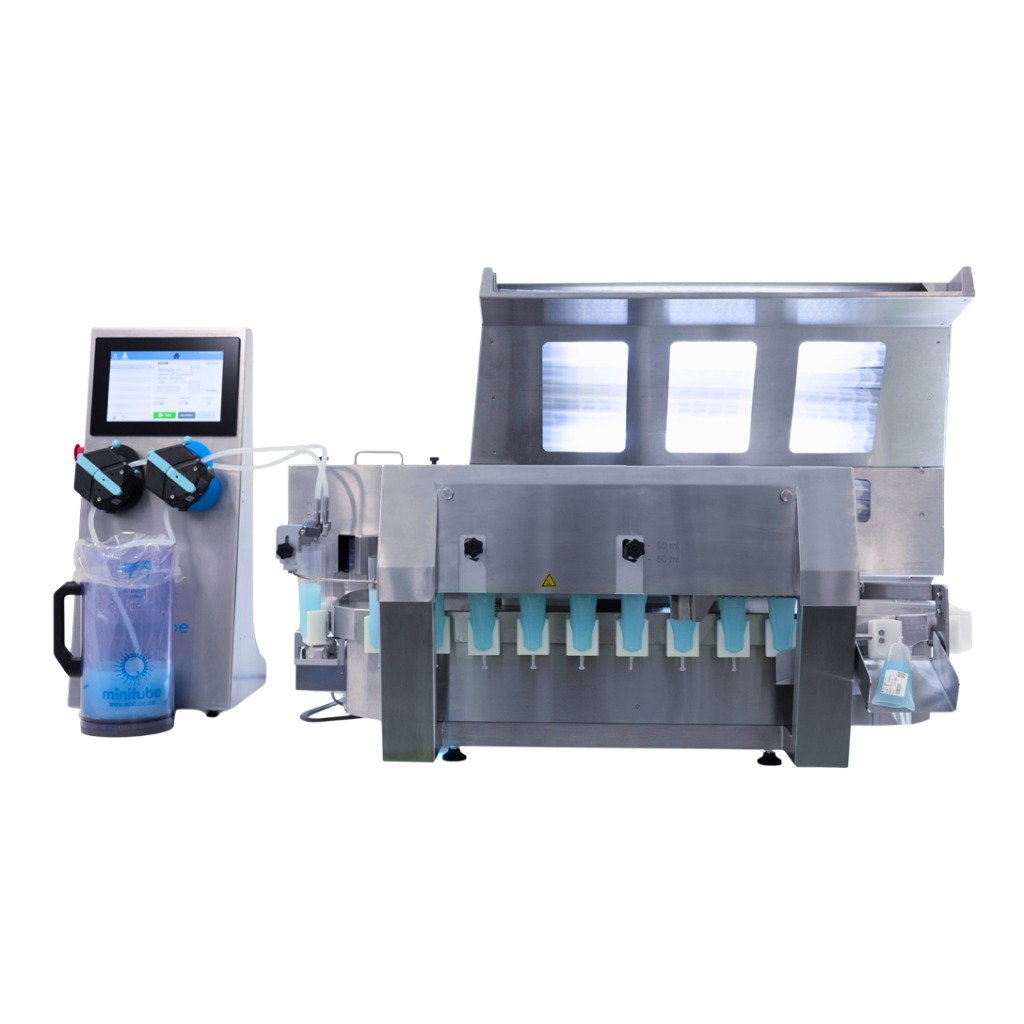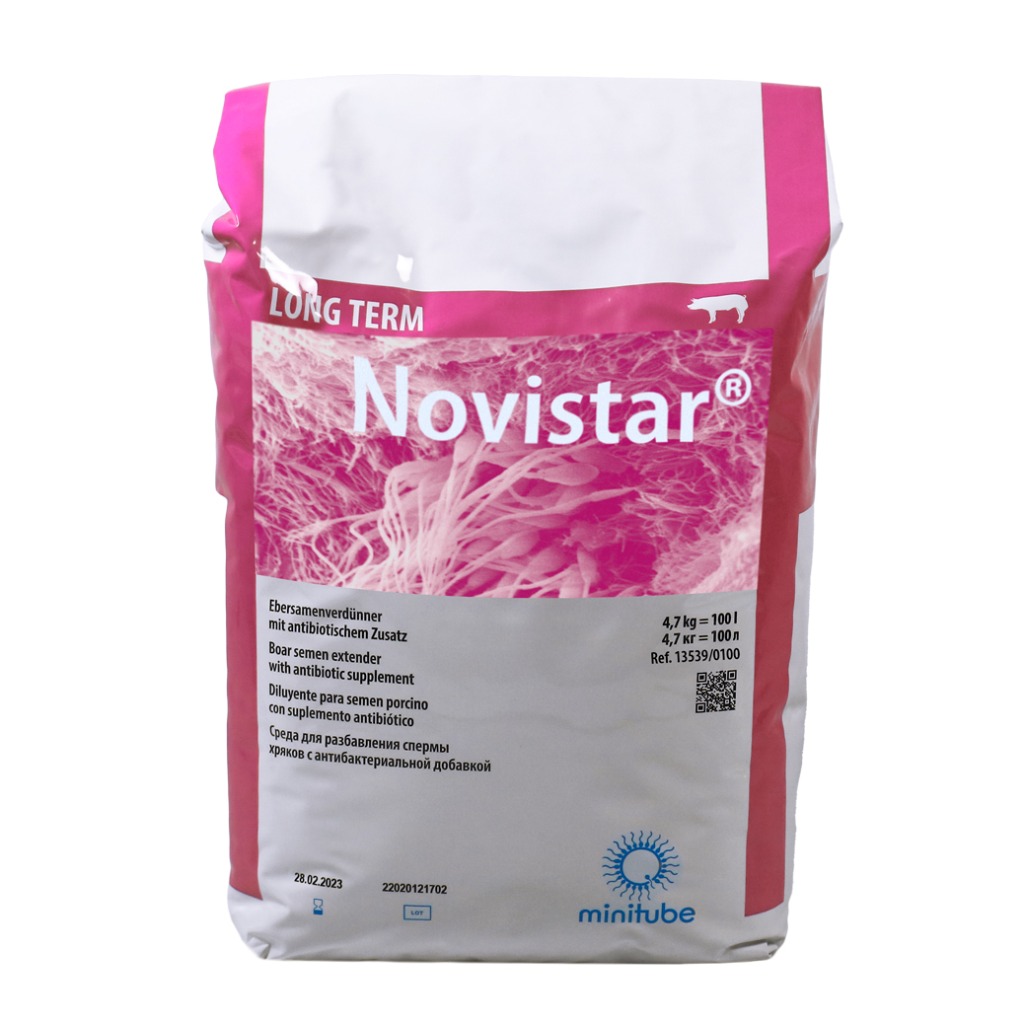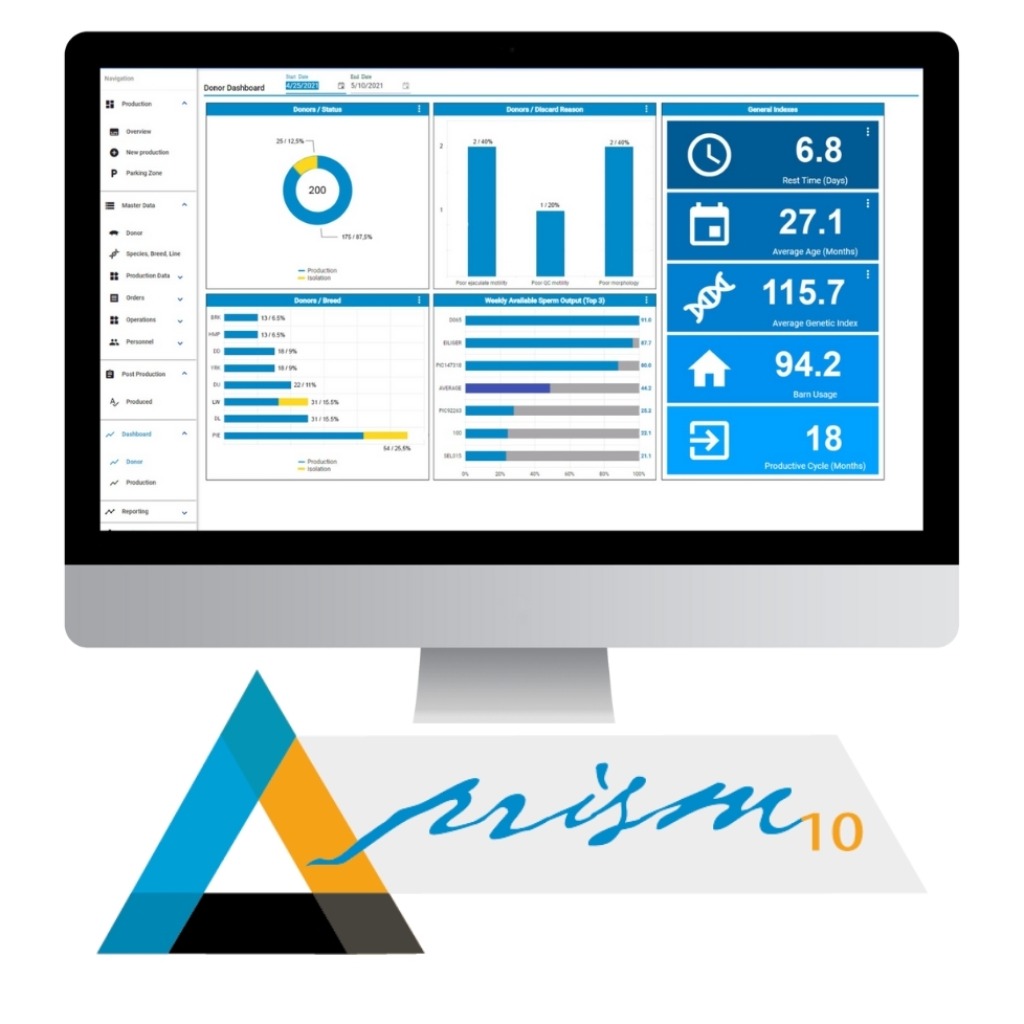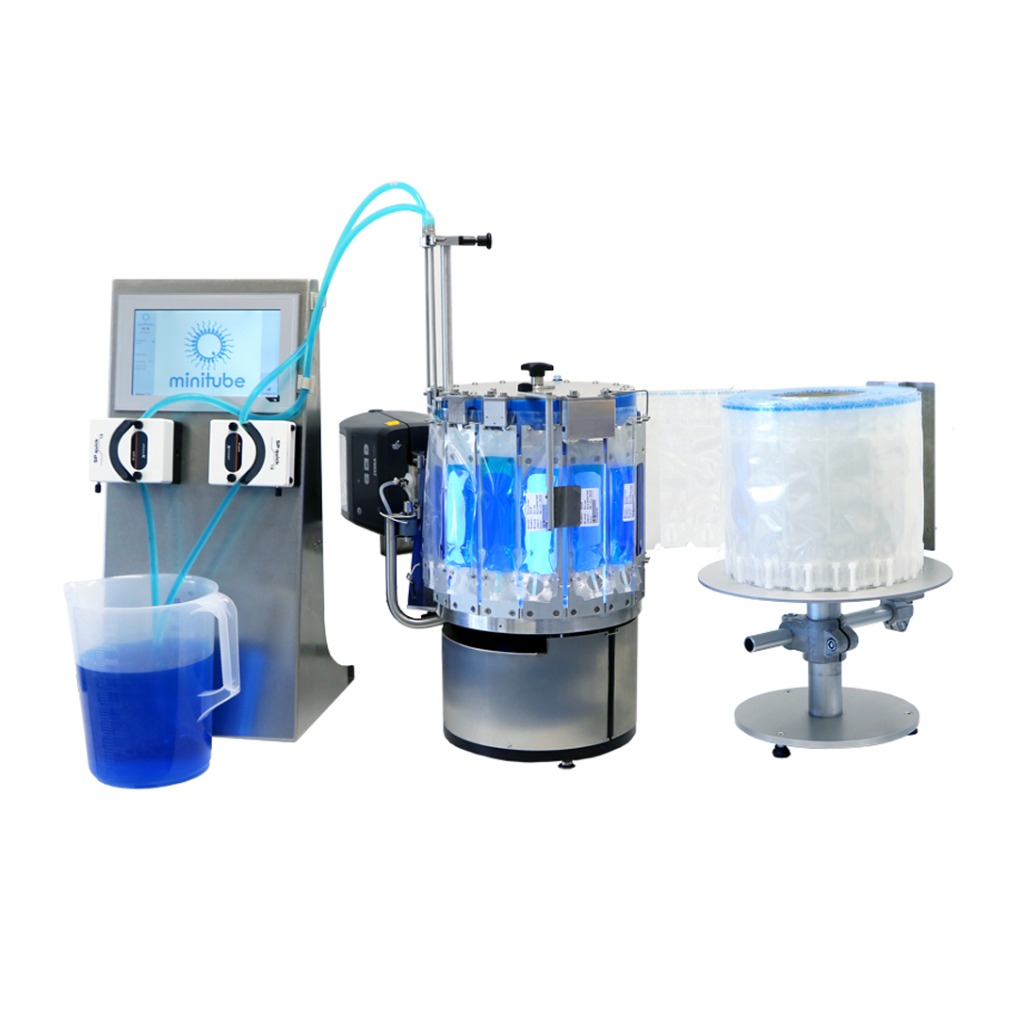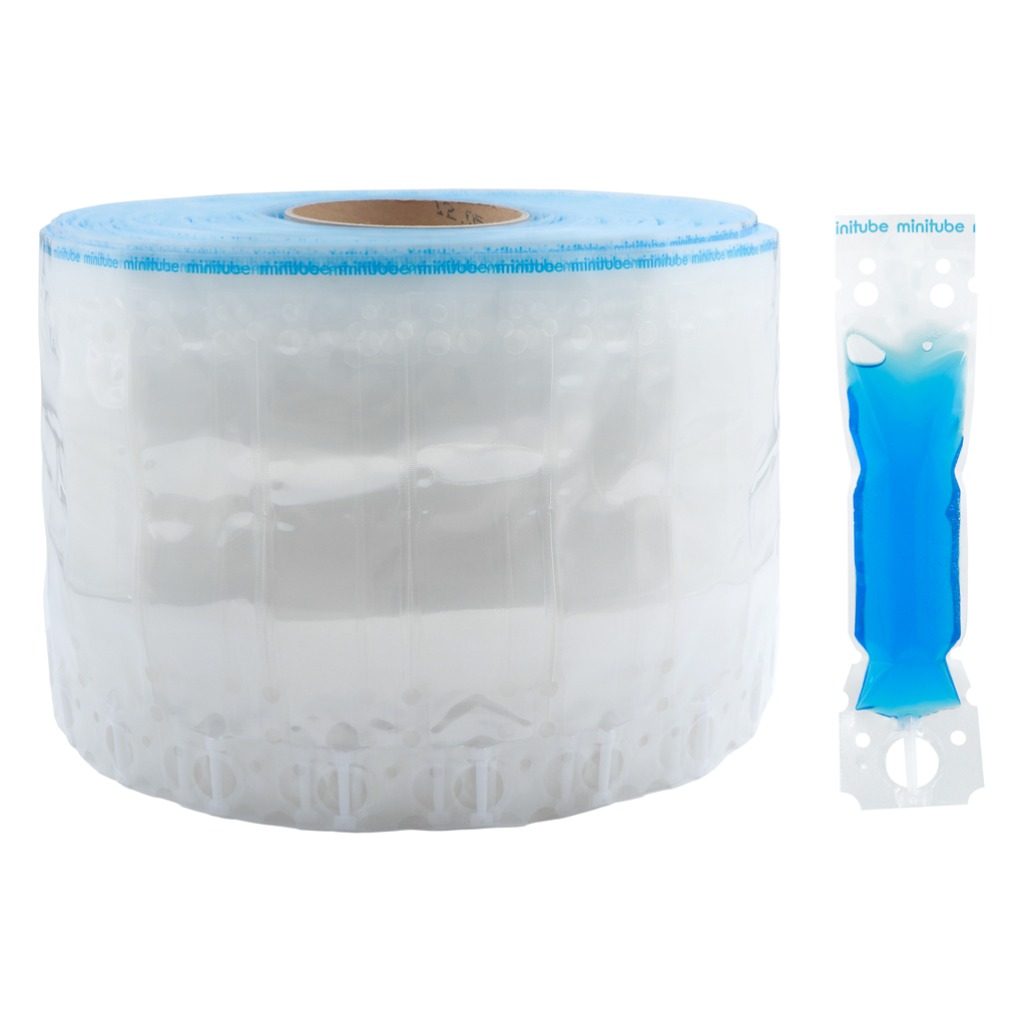Water quality in the boar semen production laboratory
Insights into purification technologies and standards
Introduction
In artificial insemination (AI) laboratories for boar semen production, the quality of purified water is of paramount importance. Water is not only a major component for the preparation of semen extenders but also plays a crucial role in cleaning and sterilizing laboratory tools, glassware, and equipment. Impurities present in untreated water can significantly affect sperm cell viability, semen shelf life, and biosecurity. Thus, understanding water purification methods and maintaining rigorous water quality standards is essential for ensuring reproductive success and animal health.
Impurities in tap water
Tap water is a chemically complex medium and the basis for water purification. Besides water molecules (H₂O), it contains dissolved minerals such as calcium carbonate, magnesium salts, nitrates, phosphates, silicates, and trace metals like iron and zinc. Organic contaminants from industrial, agricultural, or municipal sources may include pesticides, hydrocarbons, and plasticizers. Microorganisms and bacterial endotoxins may also be present. In many countries, chlorine is added for public health reasons, but this additive can be detrimental to sperm integrity.
For semen processing, water of high microbiological and physicochemical purity is required. Most notably, any ionic content that alters osmolarity or any presence of bacteria and organic toxins must be removed.
Purification methods: An overview
Distillation
Distillation purifies water by heating it to vaporize, then condensing the vapor to collect purified water. This process effectively removes non-volatile salts, metals, and most microbes. However, volatile organic compounds, such as certain solvents or phenols, may carry over into the distillate.
To operate efficiently, distillers often require pre-treatment of hard water. If calcium levels are high, lime scaling can obstruct heating elements and tubing, demanding frequent descaling with acids. Cooling systems use substantial additional water, contributing to inefficiency. A properly maintained mono- or bi-distiller system can produce up to 30 liters/day, making it best suited for low-volume laboratories. Distillation also does not inherently guarantee endotoxin removal unless combined with a carbon pre- or post-filter.
Demineralization (Deionization)
Demineralization relies on ion-exchange resins that trap cations and anions. Typically, a mixed-bed resin is used, housed in cartridges that must be changed or regenerated regularly. While effective in removing ionic species (e.g., Ca²⁺, Mg²⁺, NO₃⁻), this method does not remove uncharged molecules, bacteria, or organics.
An important caveat is bacterial proliferation within the resin matrix. Over time, microbial films can form on resin beads, and biofilm slough-off can contaminate output water more than the original input. Thus, even if conductivity remains within acceptable limits, cartridges should not be used longer than 2–3 months. To mitigate microbial risk, post-treatment with UV light, microfiltration (0.2 µm), or distillation is required.
Demineralization is fast, cost-effective, and energy-efficient. For high-throughput operations exceeding 50 liters/day, it is an appropriate solution when paired with microbial control technologies.
Reverse Osmosis (RO)
Reverse osmosis uses hydraulic pressure to drive water through a semi-permeable membrane, removing 95–99% of solutes, including most bacteria and viruses. However, small uncharged molecules like CO₂, dissolved O₂, and some pesticides may pass through.
RO systems are highly efficient but have intrinsic limitations. They require high inlet water quality, as hard water accelerates membrane fouling and reduces lifespan. Moreover, only 20–30% of feedwater becomes purified; the rest is discharged as concentrate. In practice, RO is commonly paired with pre-filtration (to remove particels), softening (to prevent scale), and post-treatment (UV sterilization or deionization).
This multi-barrier design makes RO ideal for laboratories requiring >100 liters/day, offering a scalable, automated solution with consistent output quality.
Electrodeionization (EDI) – Advanced Hybrid Technology
Electrodeionization is an advanced purification method that merges ion-exchange and electrodialysis. Water passes through resin compartments positioned between ion-selective membranes. A DC electric field continuously regenerates the resins, eliminating the need for chemical regenerants like acids or bases.
EDI removes ions with very high efficiency and is particularly adept at producing ultrapure water (conductivity < 0,1 µS/cm). Unlike conventional deionizers, EDI systems are closed, sterile loops that resist bacterial growth. As there are no stagnant zones or spent chemicals, microbial proliferation is minimal.
While capital-intensive, EDI systems offer continuous operation with minimal maintenance, ideal for laboratories with demanding water quality requirements and consistent usage patterns. EDI systems are therefore very seldomly used in AI labs.
Interesting fact:
EDI is the standard water purification method in the biotechnology and semiconductor industries, where even trace ion contamination can cause critical failures.
Minimum requirements for water used in semen laboratories
Water used for preparing boar semen extenders must fulfill minimum requirements, in terms of purity. These minimum requirements are derived from the water quality standards published by the American Society for Testing and Materials (ASTM). For boar semen processing, a water quality related to ASTM Type II is recommended. This level ensures ionic and organic purity compatible with sperm cell integrity.
Minimum requirements for water used in semen laboratories:
- Conductivity: <=5 µS/cm
High conductivity implies excess ionic strength, altering osmotic balance and causing sperm capacitation or lysis. In emergencies, slightly higher conductivity may be tolerated if sperm concentrations are adjusted. - Bacterial Content: 0–1 CFU/10 mL
Even trace microbial presence can rapidly proliferate in extenders, especially at semen storage temperatures around 17°C. Specific pathogens (e.g., Pseudomonas and Klebsiella spp.) can severely reduce sperm viability. - TOC: <50 ppb
Total organic carbon (TOC) is a surrogate marker for pesticides, detergents, and other organics. Elevated TOC suggests systemic contamination and must be avoided.
Practical recommendations
Water handling and storage
Purified water is highly reactive and will readily adsorb contaminants from contact surfaces and the atmosphere. Therefore:
- Use only opaque, sterile, closed containers
- Store in cool, dark environments
- Avoid storage exceeding 7 days
- Clean tubing and connectors weekly; use disinfectants compatible with polymer components
Monitoring and maintenance
Water quality must be regularly monitored:
- Conductivity meters should be calibrated and checked regularly
- TOC analyzers and bacterial cultures should be performed quarterly, typically by external lab services
- UV lamps typically must be replaced annually, as radiation intensity degrades over time
When to consider purchasing water
In small-scale labs or where infrastructure is unavailable, high-quality, commercially prepared water may be purchased. Ensure specifications include:
- Sterile, pyrogen-free
- Deionized and/or distilled
- Conductivity ≤5 µS/cm
- Supplied in sealed, non-reactive containers (glass or medical-grade PE)
In summary, in medium and large scale boar semen labs the most utilized and efficient system is a combination of reverse osmosis, deionization and filtration with active coal, followed by UV light radiation of the purified water.
The method of choice for water purification will depend on the tap water quality of the AI center and volumes of purified water needed each day. In any case, the minimum quality requirements have to be fulfilled.
Conclusion
The choice of water purification strategy in boar semen laboratories must balance efficacy, cost, throughput, and microbial risk. Classical methods such as distillation and deionization are reliable when properly maintained, but advanced technologies like reverse osmosis offer superior purity and operational advantages. Adherence to the minimum requirements, coupled with rigorous maintenance protocols, ensures the quality and longevity of semen doses, safeguarding both animal health and genetic progress.
products
Contact:
Contact us using the following form.


